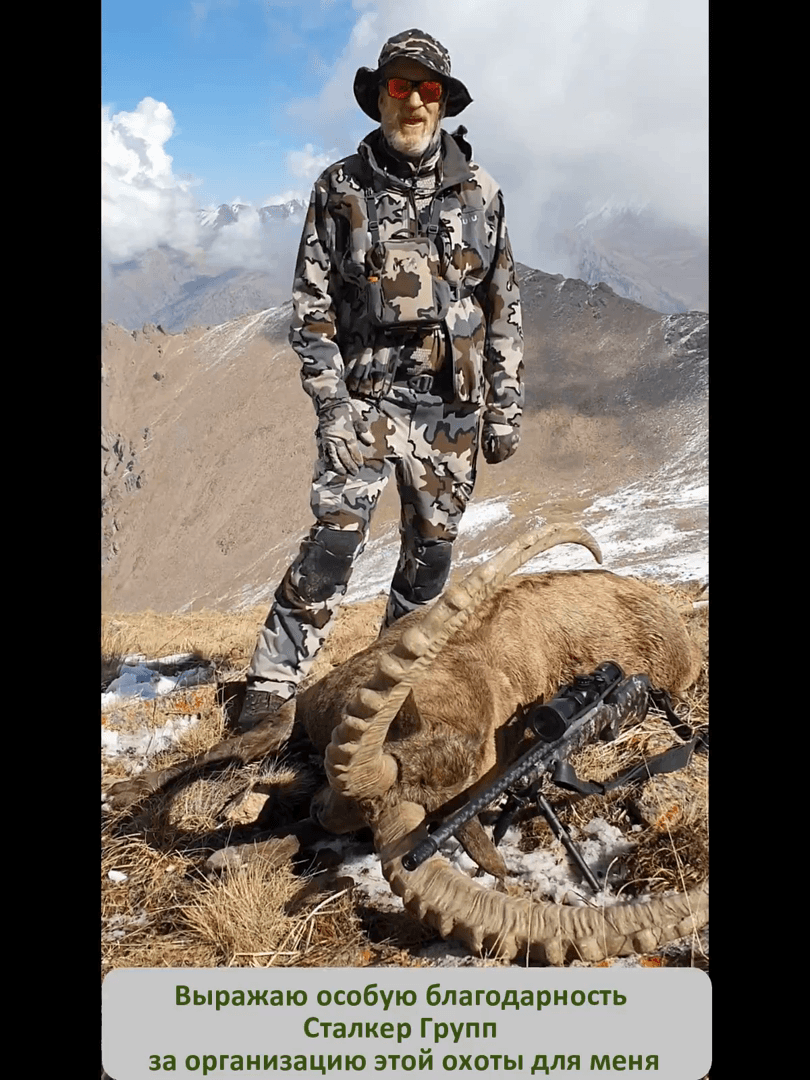
Jagd im TAUNUS: Besonderheiten der Jagd, Jagdzeiten, Rechtliche Rahmenbedingungen und interessante Fakten über die Jagd in der Region Geographische und natürliche Besonderheiten der Jagd im Taunus Der Taunus als nordöstlicher Teil des Rheinischen Schiefergebirges bietet mit seinen bewaldeten Höhenzügen und tief eingeschnittenen Tälern abwechslungsreiche Jagdreviere. Die höchste Erhebung, der Große Feldberg (881 m), prägt zusammen mit ausgedehnten Buchen- und Fichtenwäldern das Landschaftsbild. Die Mischung aus Waldflächen, Wiesen und landwirtschaftlichen Nutzflächen schafft ideale Lebensräume für verschiedene Wildarten. Besonders charakteristisch sind die zahlreichen Quellen und Bachläufe, die das Gebiet durchziehen. Jäger und Demografie im Taunus In Hessen sind etwa 18.000 Jäger registriert, wobei der Taunus aufgrund seiner attraktiven Reviere einen überdurchschnittlichen Anteil stellt. Die Jägerschaft setzt sich sowohl aus lokalen Revierinhabern als auch aus Jagdgästen aus dem Rh
Post: 5 August 07:30
















































